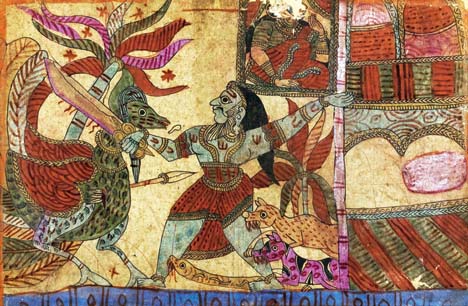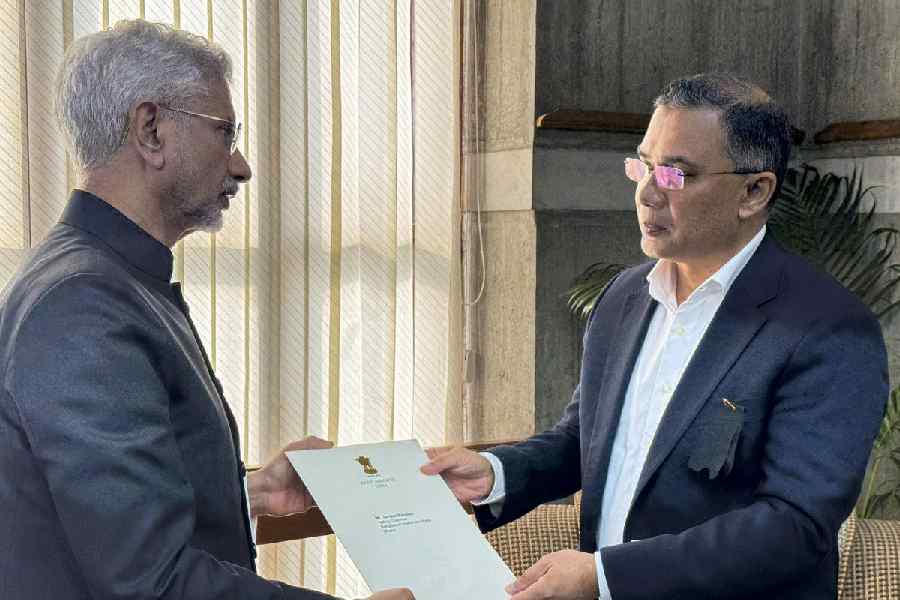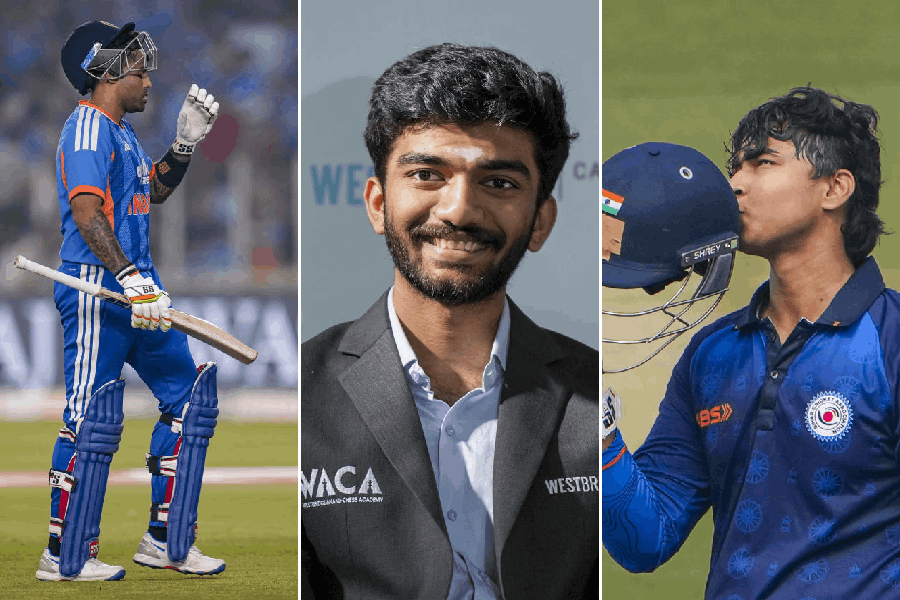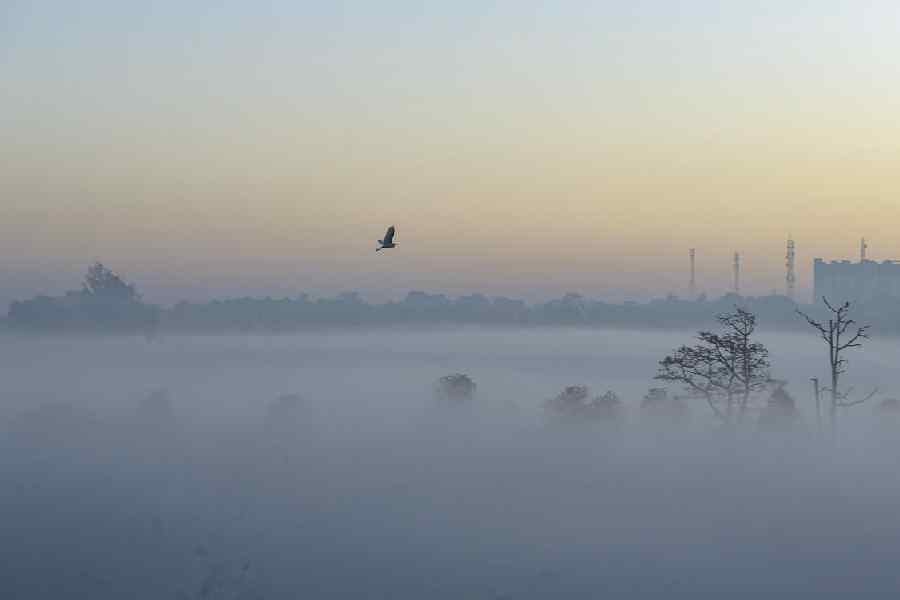Of the large plans that 2020 and the subsequent pandemic have upended, the physical launch of one of the largest museums in India — the Museum of Art and Photography (MAP) in Bengaluru — had to be temporarily put on hold. However, in a triumphant win of the human spirit and that of the arts, MAP in Bengaluru was able to launch the digital wing of the museum that started operations with a week-long festival celebrating the various forms and history of art, while also blurring geographical lines of boundary. Titled Art (is) Life, their opening night featured performances by the likes of lyricist Javed Akhtar, actor Shabana Azmi, classical dancer Malavika Sarukkai, film and theatre professional Arundhati Nag, art historian B.N. Goswamy, film-maker Nandita Das, visual artist Jitish Kallat and singer Kavita Seth. This also marked the launch of their Museums Without Borders initiative to find synergy between museums around the globe. This time the participating museums included the British Museum, the Museum of Fine Arts (Boston), The Morgan Library and Museum, the Detroit Institute of Arts, the Vitra Design Museum, and the Rhode School of Design with the hope of MAP creating a strong liaison with museums of the country as well.

Jatayu Vadhu, c.1820, mineral pigments on textile, MAP Courtesy, Museum of Art & Photography, Bengaluru
The performances included drummers from Dharavi, Mumbai, Madhu Nataraj, director of STEM Dance Kampni and the Natya Institute of Kathak & Choreography, musician Rajeev Raja and dancers from the Attakkalari Dance Company and the sessions were presented by the likes of actor Lillete Dubey, author and historian William Dalrymple, author Devdutt Pattanaik and designer Ritu Kumar. Rich in information, the sessions were breathtaking and had something for everyone to take home. Each day of the festival focused on a single category of artwork that MAP houses, the total number of which is as high as 18,000. Led by businessman and art enthusiast Abhishek Poddar who is the founding trustee of the museum, MAP is managed completely by director Kamini Sawhney who spoke to The Telegraph about the response to the festival and the global audience for Indian artwork. Excerpts…
Tell us about the experience of curating a digital festival connecting various time zones while simultaneously opening one of the largest art and photography museums in India.
At MAP, we decided that we must be proactive and keep the connection with our audiences going, rather than wait for things to improve post the pandemic. Art (is) Life attempts to take art back into the heart of the community and remind people that art has always been a part of our lives. From the beautiful paintings that women drew on the walls of their homes and the rangoli patterns that decorate our thresholds to the way perhaps that we drape a sari, art is part of how we live, we celebrate, we worship, we grieve and we depart this world.
The programming for the festival had been conceived around the interconnections between the arts and how each has enriched the other. Each day presented a range of perspectives — from expert introductions to a tour of artworks — so everyone could find something to enjoy. Our performances featured artists from different disciplines who responded to artworks from the collections. And in a way, the festival mirrors our vision for MAP. We want to showcase the importance of India’s different artforms and we hope to collapse the bridge between high art and low art.

Brahmani, c. 10th century, MAP Courtesy, Museum of Art & Photography, Bengaluru
Are there any sessions that you personally enjoyed immensely?
Each session of the festival is a culmination of extensive ideating and interactions with the artist or curator of the performance. For me, each one of them has been special in their own way. The drummers from Dharavi inspire us with their youth, hope, talent and vigour. Their ideology is heart-warming and optimistic and there is so much for us to learn. Their process of creating music from waste sends out a wonderful message of sustainable living and there couldn’t have been a better time to share this with our audience. The music of Rajeev Raja has been a part of my teenage years. It is absolutely wonderful how the band picked up the notes of Krishna’s flute from the pichwais in MAP’s collection and transposed the melody to a completely different world. The Yakshagana is an ancient artform, yet it is so contemporary in its interpretation. The Attakkalari dance performance is electric in the way it conveys the iconography of Goddess Durga. Each performance or session is delightful, engaging and interesting.

Peacock,c. 1990, Jangarh Singh Shyam, MAP Courtesy, Museum of Art & Photography, Bengaluru
What are the immediate plans post-launch of MAP?
Our plan now is to essentially create a roadmap to the opening of the physical space which we are planning for the latter half of 2021. We are collaborating with agencies such as the ReReeti Foundation in Bangalore and Genpact to hold surveys with potential future audiences, primarily Bangaloreans, and figure out what expectations and wishes they have for their new museum.
At the same time, we will focus on building content and programming for the digital museum. The digital museum will remain post-pandemic and will act as a parallel programming space for MAP to reach out to audiences all over the world, even once the physical museum opens. We are working on digitising our collection, which will be made available on the platform for researchers to explore. We will regularly curate online exhibitions and each of these will have accompanying programming elements such as panel discussions, workshops for children, masterclasses for adults and so on, that explore related themes. There will be articles, blogs and short content that even people who are unfamiliar with the arts will find easy to access.
What are your thoughts on the response received by the festival and interest in the museum as of now?
We received an overwhelming and humbling response with viewers joining us from all over the world who appreciated not only the programming but also MAP’s vision of showcasing the different arts of India in an engaging manner. We also want to treat this entire experience as a learning curve. The responses and feedback that we have received will help us identify what really worked in terms of our programming, content or execution, and what did not.
Do you have any plans of continuing with the Museums Without Borders property?
Museums Without Borders (MWB) is being developed into a huge series that we will present on our digital platform, releasing them at regular intervals. We begin by creating one episode with each museum, however, going forward we will develop this into a more comprehensive series wherein we direct and put out a number of episodes with each museum depending on the synergy. A primary goal for the MWB is to also reach out to more museums within India and South Asia. We want to urge our audiences to look at, understand and appreciate the treasures that are housed within our country, instead of only focussing on the Louvre or the MET.











